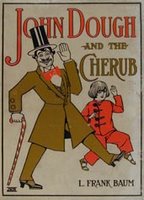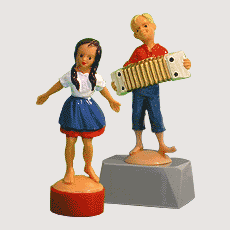Kids Can Press Leader Steps Down
 Today's entry is a congratulatory message to Valerie Hussey, who's stepping down after building Kids Can Press from a small young publisher into one of North America's most respected children's-book houses.
Today's entry is a congratulatory message to Valerie Hussey, who's stepping down after building Kids Can Press from a small young publisher into one of North America's most respected children's-book houses.
Kids Can Press began in Toronto in 1973 as a feminist cooperative, and six years later Valerie, who had a US education in Education, took charge. Former librarian Ricky Englander joined her as Marketing Director in 1981. Valerie once told me a piece of wisdom for children's publishers that they took comfort in: if the company could just stay in business long enough for the kids who read its first books to have kids of their own, then the backlist would live on and sustain another full generation of new books. Just as helpful, at my first ABA Convention Valerie assured me that it was perfectly normal to look around at the hundreds of booths and wonder, "Why would anyone ever think of publishing another book?"
Valerie and Ricky kept publishing because they wanted their home market to enjoy kids' books as good as those published in the US or UK or anywhere else. The team was small and enthusiastic enough to work together in supporting projects from idea to publication and beyond. Valerie and Ricky guided Paulette Bourgeois's young turtle Franklin into print; he now has his own TV show. Titles like this year's Scaredy Squirrel, by Mélanie Watt; David Smith's eye-opening If the World Were a Village; and Canadiana like Till All the Stars Have Fallen all show Kids Can care (not to mention my own Soap Science, edited by Liz MacLeod over a dozen years ago).
Just this month, the guys on NPR's Weekend Edition Saturday raved about Robert Service's "The Cremation of Sam McGee." The Kids Can Press edition of this classic of Canadian narrative poetry saw an immediate jump in sales, which was no surprise. The important fact is that Kids Can had turned that poem into a picture book and then kept it in print for twenty years.






















